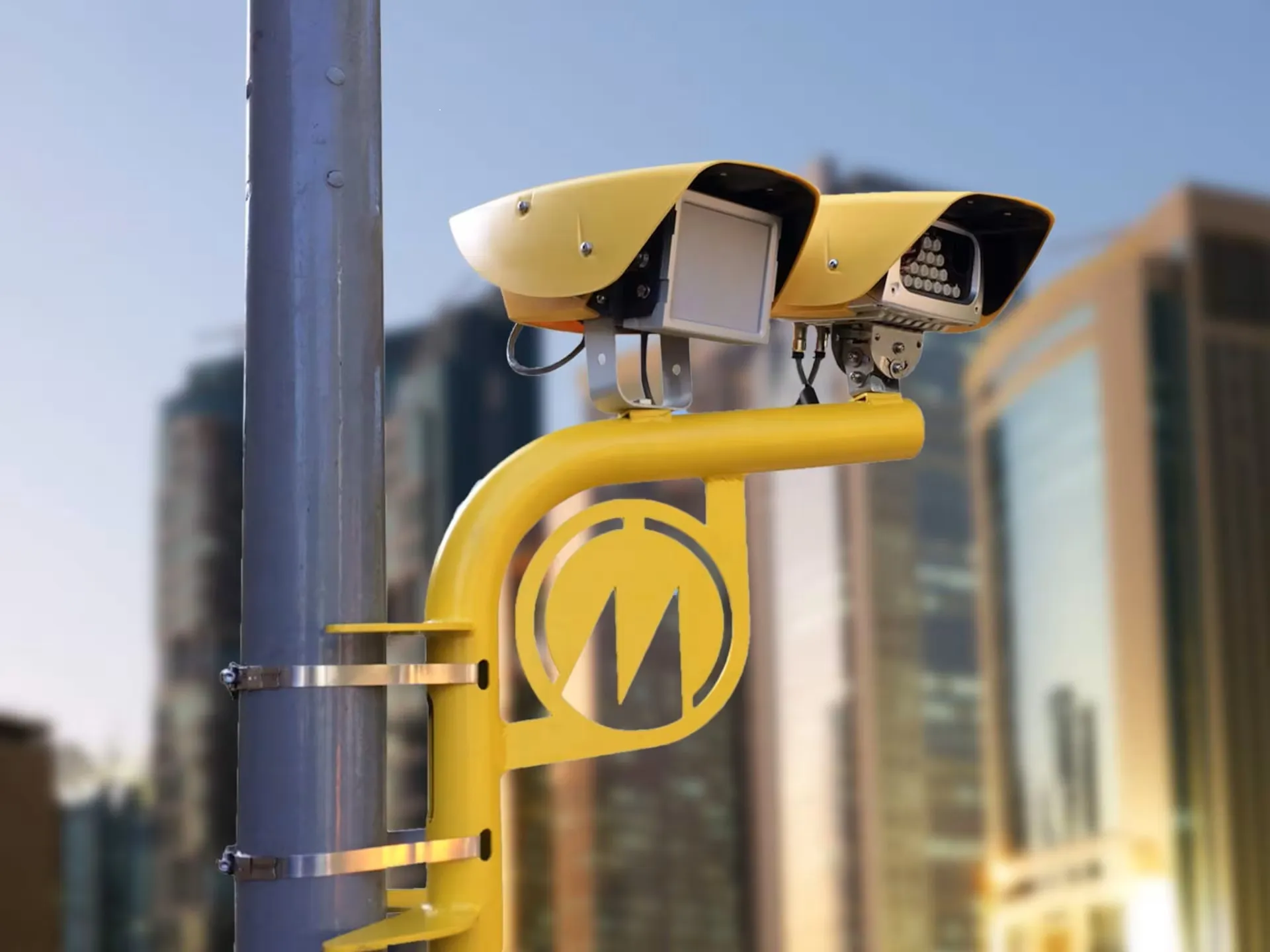
Intertraffic Amsterdam 2016 sees the launch of
“This product brings together all our learning and customer feedback from over the years,” says Andrew McKindlay, Group Head of Strategy and Business Development for Redflex Traffic Systems. “By incorporating this, we have created a product that is going to change the market and lower the cost of ownership for customers.”
Redflex is also demonstrating its solution for the intelligent monitoring of variable speed limits on motorways to keep traffic flowing during busy periods. The system utilises a gantry- or sign-mounted variant of Redflexspeed radar, which uses non-intrusive dual radar for the detection of speed offences in all weather conditions, with lane identification, vehicle position and positive vehicle identification.
A pole-mounted sign verification system located in advance of the motorway variable message signs monitors changes to the enforceable speed limit displayed and alerts the camera system to set new enforcing speed limit thresholds or barred lane enforcement.
Also on display will be Redflex’s mobile speed enforcement system, Redflexradarcam, which uses dual radar detection to provide accurate speed detection in all conditions, with lane identification, vehicle position and identification across up to six lanes of traffic simultaneously.








